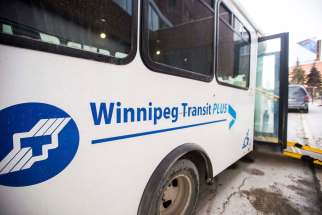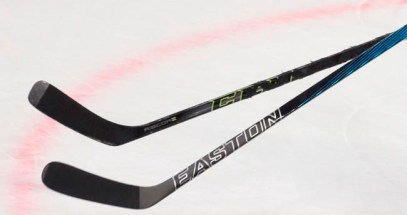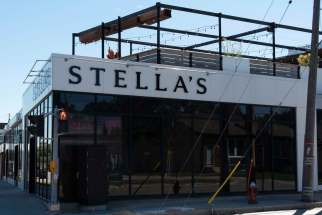Winnipeg extends amber light times at higher-speed intersections
Read this article for free:
or
Already have an account? Log in here »
To continue reading, please subscribe:
Monthly Digital Subscription
$0 for the first 4 weeks*
- Enjoy unlimited reading on winnipegfreepress.com
- Read the E-Edition, our digital replica newspaper
- Access News Break, our award-winning app
- Play interactive puzzles
*No charge for 4 weeks then price increases to the regular rate of $19.00 plus GST every four weeks. Offer available to new and qualified returning subscribers only. Cancel any time.
Monthly Digital Subscription
$4.75/week*
- Enjoy unlimited reading on winnipegfreepress.com
- Read the E-Edition, our digital replica newspaper
- Access News Break, our award-winning app
- Play interactive puzzles
*Billed as $19 plus GST every four weeks. Cancel any time.
To continue reading, please subscribe:
Add Free Press access to your Brandon Sun subscription for only an additional
$1 for the first 4 weeks*
*Your next subscription payment will increase by $1.00 and you will be charged $16.99 plus GST for four weeks. After four weeks, your payment will increase to $23.99 plus GST every four weeks.
Read unlimited articles for free today:
or
Already have an account? Log in here »
Hey there, time traveller!
This article was published 10/09/2020 (1919 days ago), so information in it may no longer be current.
Amber light times are now longer at some Winnipeg intersections — but the move still falls far short, says an advocate who has fought for the change.
Winnipeg’s amber lights previously lasted a uniform four seconds on all roadways before a traffic signal turned to red, according to a new city report.
An update completed Sept. 4 changed the duration to 4.3 seconds on 70 km/h routes and 4.7 seconds on 80 km/h routes for about 110 intersections on flat-grade roads.
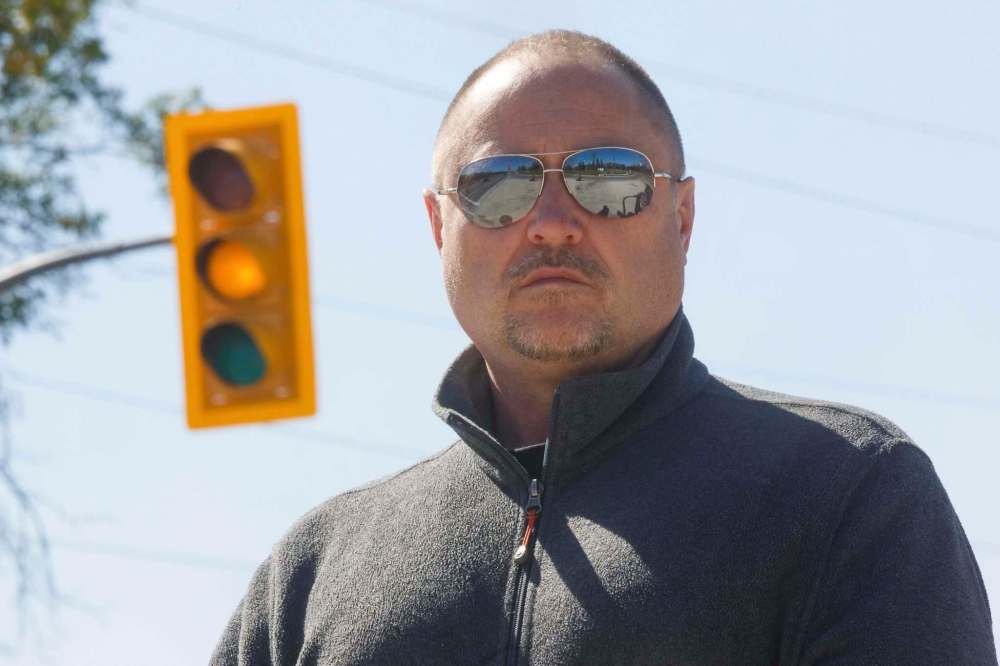
Todd Dube, founder of WiseUp Winnipeg, a driver’s advocacy group that has for years lobbied the City of Winnipeg for more time in the name of safety and red-light ticket reductions, called the change a first step in the right direction.
“This is a bare minimum, but it still will be enough time to expose that all of these years (the city was) unfairly ticketing people that simply didn’t have enough time to stop at four seconds,” he said Thursday.
Dube argues the new warning period is still too short, since his research found 80-km/h intersections, such as Bishop Grandin Boulevard and River Road, should have an amber light time of at least 5.4 seconds.
“(The new measure) is still an unnecessarily… and dangerously short amber time,” Dube said, adding, however, he expects the number of photo enforcement tickets doled out at such intersections to drop dramatically.
According to the city report, the new signal timings are based on a roadway’s speed and slope, as well as driver perception and reaction time.
No change was made to the amber lights on roads with speed limits set at 60 km/h or lower — which will ensure a minimum four-second warning remains in place at intersections on those routes, the report notes.
Coun. Matt Allard, chairman of council’s public works committee, said he believes those calculations show the city is evolving its practices to improve safety.
“I think (the times) were set up with the understanding that they made the roads safer and taking a closer second look we found that, yes, there was some room for improvement,” said Allard (St. Boniface).
He also refuted the argument photo radar use at high-speed intersections was unfair in the past, noting he believes the program remains necessary. “The motivation is public safety, and the (photo radar) fine happens to be the one enforcement tool we have as a city.”
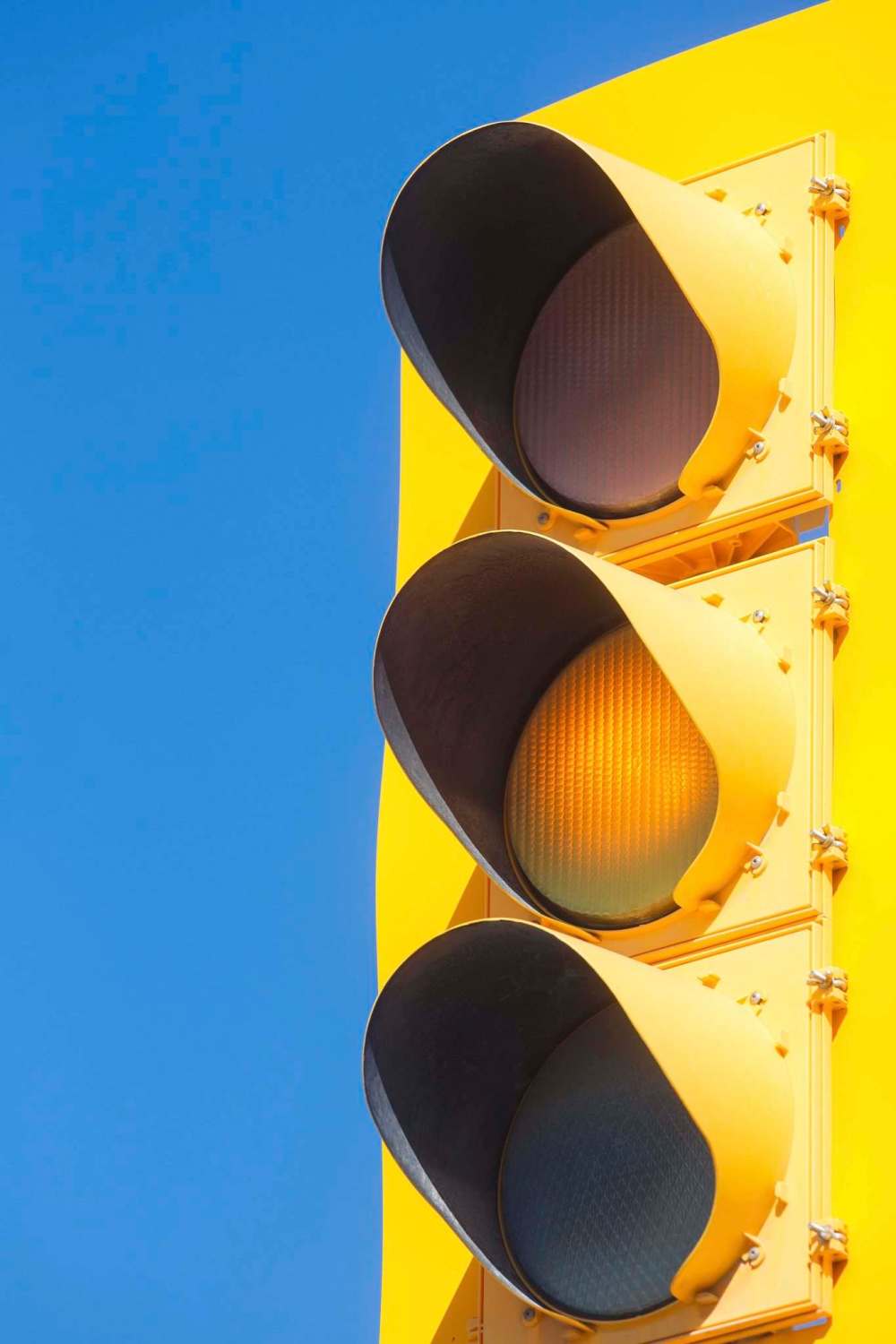
The city report states the new extended amber light times should help increase the separation between vehicles and pedestrians, which some research indicates will help prevent collisions. Uniform amber light times were initially meant to provide a predictable warning time for drivers, while the new system is based on more recent research, the city says.
The city says it is still reviewing an option to further extend amber light times for left-turning vehicles.
joyanne.pursaga@freepress.mb.ca
Twitter: @joyanne_pursaga

Born and raised in Winnipeg, Joyanne loves to tell the stories of this city, especially when politics is involved. Joyanne became the city hall reporter for the Winnipeg Free Press in early 2020.
Our newsroom depends on a growing audience of readers to power our journalism. If you are not a paid reader, please consider becoming a subscriber.
Our newsroom depends on its audience of readers to power our journalism. Thank you for your support.



